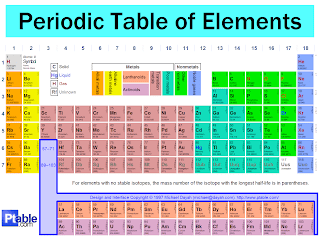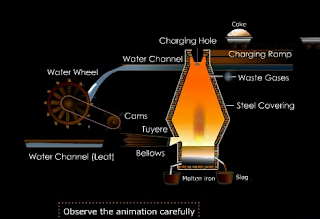One of the latest inventions in the field of light emitting devices might change the way people light their homes and design clothes. The device represents a thin film of plastic able to conduct electricity and create solar power.
Scientists working on the international project are looking forward to bring the organic light emitting devices to the masses. Thus the invention could significantly cut costs by billions of dollars each year.
Due to the fact that the organic light emitting devices are very thin and flexible, electronic display screens could be easily created on nearly every material, thus, for example, clothing could, for the first time in history, display specific electronic information.
There are various ways of using the this OLED, like for example change the color of clothes, beer can would be able to display various sports results. In addition the OLED is much more efficient than the light bulb used today.
Currently these devices are applied in mobile phones and MP3 players. However, such OLED is not quite reliable for large TV or computer screens.
In order to make the device more efficient so later to launch it to mass market, the international consortium of researches, Modecom, headed by the University of Bath, United Kingdom, started a three-year project which will cost about $1,700,000.
Modecom comprises 13 groups from 9 universities and two companies. There are three groups from the United Kingdom, six groups from the United States and one group from China and one each from three European countries including Belgium, Italy and Denmark. Only the European countries and China will receive financial aid from the European Union.
The coordinator of Modecom is Dr Alison Walker, who represents the Department of Physics of the University of Bath. "This is a long-term project, and the contributions of many scientists are needed for its success ... Success in achieving the goals of cheap, efficient and long lasting devices is essential as we must do everything we can to reduce our energy costs," he stated.

















.jpg)





























